Annuity pros and cons
Annuities offer guaranteed income in retirement, but are usually less flexible than other options.

Important information on pension withdrawals
Once a request to make a withdrawal from a pension has been made it cannot be cancelled. This means Tax Treatment & Pension Allowances changes cannot be reversed. If you are unsure do not request a withdrawal. We recommend speaking to an authorised financial advisor or seeking guidance from the Government’s Pensionwise Service.
What is an annuity?
Buying an annuity provides you with a guaranteed income after retirement, in return for some or all of your pension pot.
Annuities can be guaranteed for life or for a fixed period of time. The amount of money you receive could be fixed or linked to inflation or investments.
Some people take a smaller annuity while leaving the rest of their pension in drawdown, for a balance of security and flexibility.
Annuity pros and cons
Annuities offer the security of a guaranteed income for life. However, they can also be less flexible than other retirement options.
If you are considering your financial options for retirement, you should consider the pros and cons of annuities.
Pros of annuities
- Guaranteed income for life – annuities offer the security of a guaranteed income. No matter how long you live for, your payments will continue until death.
- Protection from market volatility – fixed-rate annuities will not be affected if share prices fall.
- You can get protection against inflation – some annuities rise with inflation. These ‘escalating’ annuities give a lower starting rate, but will ensure your income keeps up with inflation.
- Different types are available – you can choose from a number of types of annuity to fit your needs. For example, value protected annuities can pay out to your family when you die.
Cons of annuities
- They are irreversible – once you have bought an annuity, you cannot change your mind.
- They are inflexible – you cannot choose to take more or less at any given time.
- No chance of growth – most annuities are not investment linked. This means you may end up with a lower rate of income than if your money was left invested.
Annuity alternatives
There are alternatives to buying an annuity. It is worth considering all available options before making a decision about your financial future. These include:
Drawdown
Pension drawdown allows you to flexibly access your money. While you stay in control of how much you withdraw and when, the rest of your pension pot remains invested. This means you could continue to grow your money once you have retired.
Unlike annuities, pension drawdown comes with the risk that you could end up running out of money. As your money remains invested, there is also the risk that your pension could decrease in value.
Taking lump sums (UFPLS)
UFPLS (Uncrystallised Funds Pension Lump Sum) enables you to take lump sums from your pension fund as and when you need them. The rest of your pension remains invested.
The first 25% of each lump-sum is tax-free (subject to a maximum of £268,275), but the rest will be taxed as regular income.
The ii SIPP is aimed at clients who have sufficient knowledge and experience of investing to make their own investment decisions and want to actively manage their investments. A SIPP is not suitable for every investor. Other types of pensions may be more appropriate. The value of investments made within a SIPP can fall as well as rise and you may end up with a fund at retirement that’s worth less than you invested. You can normally only access the money from age 55 (age 57 from 2028). Prior to making any decision about the suitability of a SIPP, or transferring any existing pension plan(s) into a SIPP we recommend that you seek the advice of a suitably qualified financial adviser. Please note the tax treatment of these products depends on the individual circumstances of each customer and may be subject to change in future.